Choosing the top dog training program in New Jersey is not as difficult as it seems. It is, without question, critically important to you and your dog that you find a great dog trainer that has experience and meets a list of important factors. In the following article, we will review how you can most efficiently and effectively find a great dog trainer in New Jersey.
Choosing the top dog training program in New Jersey is not as difficult as it appears. It is,of course, critically important to you and your dog that you hire a quality dog trainer that has experience and meets a number of important criteria. In the following article, we will ascertain how you can most efficiently choose a great dog trainer in New Jersey.
My personal list begins with an important criteria I rarely find: Is the dog trainer kind and loving to the dogs they train? It may seem like dog trainers would be love animals � but in fact, many dog trainers, whether through burn-out or whatever their reasons may be - are NOT kind, loving people towards dogs. In fact there have been several accounts recently about NJ dog trainers who have been cited for cruelty or neglect. This is a horrible situation and I am certain that since it has been brought to your attention, you will beware to look closely at the trainer as well as the facilty they will use to train your dog.
Dog training has evolved over the past few decades and it can be daunting for a dog owner who may be new to dog training, in general, to figure out how to hire the right dog trainer. Here is a look at the various methodologies found in dog training today and provide you with important information on how to make a good decision to hire the right dog trainer in New Jersey.
Here is my quick-list of recommended questions for you to use when interviewing a potential dog trainer. We recommend using open-ended questions so that trainers can explain their philosophy to you, in depth.
�What method of training do you use?
�What is your educational background in the area of dog training (and behavior if applicable)?
�Have you attended continuing education courses recently?
�What types equipment do you use?
�What kind of follow-up do you provide?
�Can you supply a list of references?
�Do you belong to any professional associations, and if not, why not?
�Are you certified?
�What sort of services do you provide for pet owners? Do you provide specialized services? (i.e. therapy dog training, competitive dog sports training, service dog training)
Understanding Training Methods
Dog training for your pet is for two general purposes-the "do"s and the "don't"s. First is training basic manners, or "do"-to perform desired behaviors on cue such as "sit," "down," "come," "stay," and walk politely on a leash. The other purpose of pet dog training is "don't do"-don't jump, pull on leash, run away, take candy from the baby and the like.
Training basic manners behaviors-"Do"
Given the large number of training books, methods, and different "trainers to the stars," it may seem as if there are nearly countless ways to train a dog. Despite this impression, the fact is that training basic behaviors falls into one of, or a combination of, three categories: Lure-Reward (L-R), Compulsion-Praise (C-P) and Marker- Training (M-T). Here is a brief description of the specifics of each approach.
1.Lure-Reward Training - The trainer entices the dog into the desired position by typically using a hand-held food lure, like a treat. For example, the dog trainer lures a dog to sit by placing a treat in front of his/her nose and moving it backwards over his head. The dog follows the treat or �lure' into the desired position. Reinforcement is generally giving the food reward along with verbal praise at the completion of the desired behavior.
2.Compulsion-Praise Training - The trainer manipulates the dog into a position by using physical placement or training equipment. For example, the dog may be physically manipulated into sitting by applying pressure on his bottom or brought into heel position with a head halter or collar correction. Reinforcement may be verbal praise and/or a food reward.
3.Marker-Training - The trainer uses a sound, word, or clicker to �mark' or immediately indicate the moment a dog is correct with a behavior. For example, the moment the dog's bottom hits the floor in a sit, a trainer would use his desired marker to tell the dog that was the right behavior. A marker is followed by reinforcement with food and/or verbal praise. The marker creates a brief separation between food or touch and the performance of the behavior, so food is a reward, not an enticement. Behaviors can be either shaped, captured or lured using a marker.
Reducing undesirable behavior-"Don't"
There are two main training approaches for reducing undesirable behaviors:
1.Train an incompatible/replacement behavior.
2.Employ an undesirable (to the dog) consequence.
Train a replacement behavior. The first approach for most reward-based trainers to reduce undesirable behavior is to train a replacement "good" behavior. Called an "incompatible behavior," the new behavior both replaces and prevents the one the owner dislikes. For example, to eliminate jumping up to greet, a dog might be taught to stand still (4-on-the-floor) or sit when the owner walks through the door. Both stand and sit are "incompatible" with jumping up. Another example is pulling on a leash during a walk. In order to eliminate pulling on a leash, the dog is trained and rewarded for walking on a loose leash. Loose leash walking is incompatible with pulling.
Undesirable consequences. When a dog "knows" a behavior, that is, when the trainer has a reasonable expectation that the dog has been sufficiently trained to recognize the cue and reliably respond appropriately, yet fails to do so, a trainer might employ consequences for this non-compliance. Trainers may also use consequences to reduce undesirable behaviors when an incompatible behavior is not appropriate or has not sufficiently addressed the behavior. The purpose of these consequences is to reduce or eliminate the likelihood of the behavior recurring and is evaluated in retrospect-by its affect on the behavior. Here's an overview of the three uses of undesirable consequences:
�Good things stop - Negative punishment is an approach where the trainer removes something desirable to the dog. For example, a brief time-out, putting away the food treat, removing the dog from an activity, or removing attention from the dog are all negative punishments when a dog does not comply.
�Bad things happen - Positive punishment is when an undesirable consequence (to the dog) is immediately paired with the dog's undesirable behavior. This includes such things as a sharp verbal reprimand, citronella collar, electronic collar, and the like. Note: Collar "corrections" with a choke collar or pinch collar fall into this category. The dog receives a collar check or "correction" when the dog engages in an undesirable behavior. For example, for jumping up to greet, the trainer might stand on the leash so when the dog tries to jump up, he receives a correction. For pulling on leash, the trainer might give a collar check when the dog is out of heel position.
�Bad things stop - Technically (and confusingly) called negative reinforcement: With this approach, the trainer removes something undesirable the moment the dog engages in the desired behavior. For example, the technique called "be a tree"-standing still as long as the dog is pulling on leash-falls into this category. The moment the dog stops pulling, the trainer moves forward, rewarding the loose leash.
Note: These descriptions are not the only approaches to reducing or changing undesirable behavior. For more information, consult with a trainer or behavioral professional that specializes in working with problem dogs.
Judge the approach that's best for you and your dog
Reward-based trainers may employ combinations of any and all of the above from time-to-time-both "do" and "don't do." It is the prevalence of the trainer's approach that defines the "method" they use. Consider this information when talking to trainers to find the right one for you to determine if a trainer's approach and philosophy are compatible with your personal philosophy, your needs, your dog's temperament, and especially the enhancement of your relationship with your dog.
For more information, you can visit our website. As a New Jersey Certified Dog Trainer, I ask that you consider using our service. Please feel free to learn more about us: visit

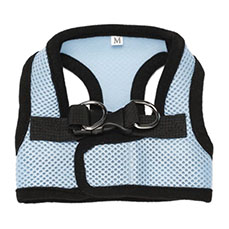 Fabulous Fashion For Your Puppy
Pet clothing is a flourishing industry; more and more p
Fabulous Fashion For Your Puppy
Pet clothing is a flourishing industry; more and more p
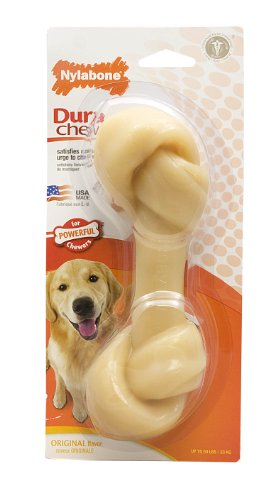 How To Rehome A Dog
Reasons For
How To Rehome A Dog
Reasons For
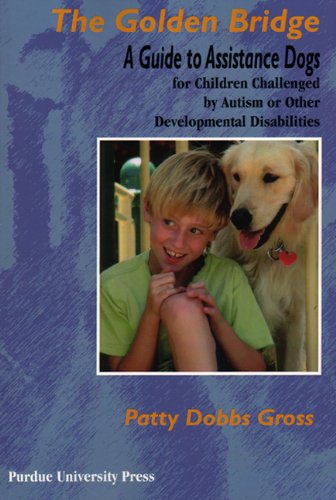 How Service Dogs Can Be A Godsend For Children With Autism
Assistance Dogs for Children
How Service Dogs Can Be A Godsend For Children With Autism
Assistance Dogs for Children
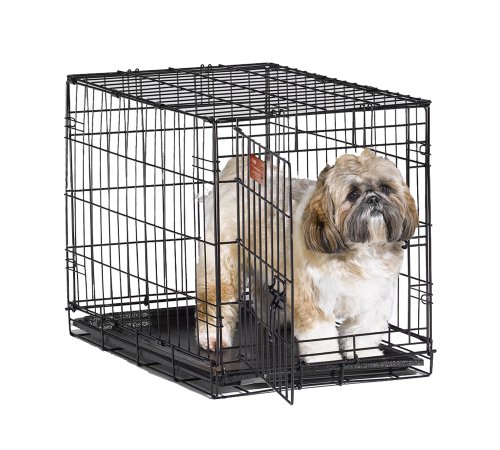 Mistakes to Avoid When Raising a Dog
Owning a pet can be a wonder
Mistakes to Avoid When Raising a Dog
Owning a pet can be a wonder
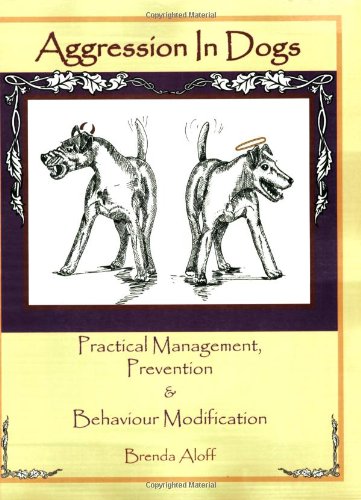 Eight Reasons Why Your Dog Is Aggressive
Dogs have been a man’s
Eight Reasons Why Your Dog Is Aggressive
Dogs have been a man’s